The Hobbit: The Desolation of Smaug Review
For those not easily smitten by J.R.R. Tolkien’s fantasy tales, “The Hobbit: An Unexpected Journey” was a substantial letdown from “The Lord of the Rings” films, and the thought of enduring another immensely long trilogy too much to bear. But even they’ll agree with the biggest fans of “An Unexpected Journey” that part two, “The Desolation of Smaug,” shows substantial improvement over the first film.
Foremost, the film benefits from needing little to no exposition. The suspense and action ratchets up quickly as Bilbo (Martin Freeman) and the dwarves, on their quest to reclaim their homeland from the dragon Smaug, are still being pursued by a band of ruthless orcs led by Azog the Defiler at the behest of the frightening, amorphous Necromancer. They must journey through the cursed forest of Mirkwood, home of the wood-elves, up the river to Lake-town and across the lake to the Lonely Mountain where Smaug awaits.
The action sequences alone prove “Desolation” a better film than “Journey.” Nothing was really wrong with the first film, but the danger, excitement and creativity of “Desolation” simply trumps its predecessor. The return of Legolas (Orlando Bloom) along with his companion Tauriel (Evangeline Lilly, who looks born to play an elf) brings with it the return of incredibly fluid, exciting and yes, perhaps even unrealistic fight choreography. Remember when Legolas took down an entire elephaunt in “Return of the King” in a brilliant sequence? The barrel escape on the river shows it up big time. Simply put, orcs are treated as deli meat in this movie.
Aracnaphobes be warned: director Peter Jackson is relentless in the spider scenes in Mirkwood toward the beginning of the film and as for any dragon-phobes — yeah, you might want to walk out of the theater after the first two hours, because at that point begins the Smaug show. Benedict Cumberbatch delivers delicious vocals (as expected) playing the fearsome dragon, and the sheer scale of the climactic sequence inside the cavernous halls of the dwarf kingdom of Erebor doesn’t disappoint.
As was a noticeable challenge in “An Unexpected Journey,” the “Desolation” script contains even more filler and plot lines not in the book crafted from appendices than the first film. Jackson, Fran Walsh, Philippa Boyens and Guillermo del Toro generally make good use of this creative freedom by keeping the pace of the film up some parts of the movie, though excellently written and executed, go on a bit too long and provide little value outside of pure entertainment.
Two-thirds of the way through this adventure, it has become clear that the themes of “The Hobbit” trilogy don’t run nearly as deep as with “The Lord of the Rings,” and neither does the emotion. A subplot tries to create a love story between Kili (Aidan Turner) and Tauriel as a change-of-pace from the danger and fear (the film’s primary and dominant emotion), but it just doesn’t hit. Kili has nowhere near the same level of audience admiration as Legolas, whose legacy from “Rings” carries instantly over to this film and who seems an obvious match for Tauriel. Outward ploys to generate some emotion such as this, however, wouldn’t be necessary if the same motifs that made “Rings” more than blockbuster (friendship, the struggle of being outside of one’s comfort zone, the fear of failure) were a part of “The Hobbit.” Freeman and Richard Armitage (Thorin) are true talents, but they can only go so far with this material. What “Desolation” makes up for in entertainment value from “Journey,” it loses in heart.
Other casting decisions earn excellent marks among the film’s new characters including Lilly and Cumberbatch. Lee Pace nails the elf aura as good as Cate Blanchett playing the elf-king Thranduil and Luke Evans makes a fine, likable hero out of Bard the Bowman, the man who harbors the company in Lake-town. Although his character is a waste, the delightful Stephen Fry is another good call as the master of Lake-town. And let us not forget old friends: Ian McKellan gets a good number of badass moments during Gandalf’s side-journey.
Anyone unsure which format to view the film in should consider that the last sequence with Smaug and a few others occur in somewhat dark locales. This is a significantly less than desirable situation for traditional 3D, because 3D already makes the frame seem darker. Those looking to upgrade from 2D should make the jump to HFR 3D, which despite its many critics, definitely has less motion blur and doesn’t have the same issues with darkness.
Jackson, of course, continues to marvel with his vision for Middle Earth. The design of the locales and the sets (the wood-elves’ kingdom, Lake-town, Erebor) show a great deal of technical sophistication and more importantly, imagination. The places truly come to life in all these films, and with a sense of eye-opening grandeur. Sometimes it even borders on too big and magnificent.
“The Desolation of Smaug” definitely sets the stage for what will surely be another memorable conclusion in both excitement and scale. The film ends on much more of an unexpected cliffhanger than the first film and the first “Lord of the Rings” films. “The Two Towers” definitely unwound in the end, as ominous as it still was, but “Desolation” will leave viewers with a sense that what they just saw will be like foreplay when they witness the conclusion.
4/5 Stars
Directed by Peter Jackson
Written by Peter Jackson, Fran Walsh, Philippa Boyens and Guillermo del Toro
Starring: Martin Freeman, Ian McKellan, Richard Armitage



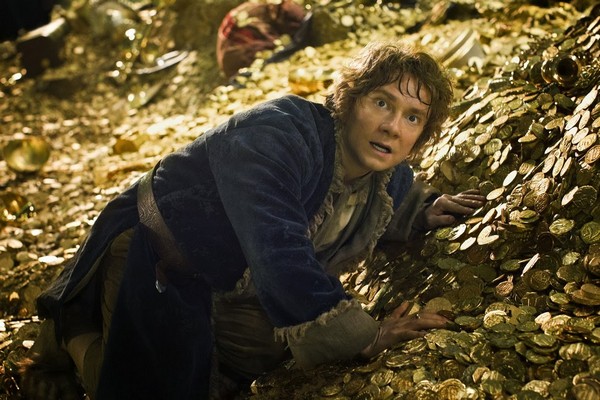
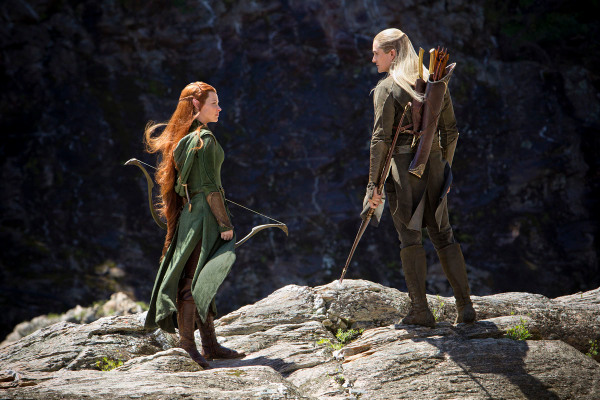
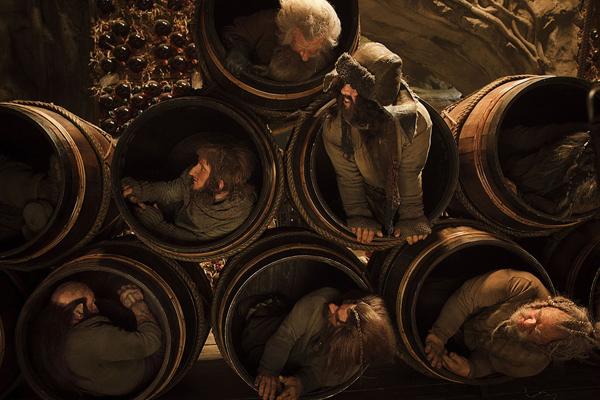
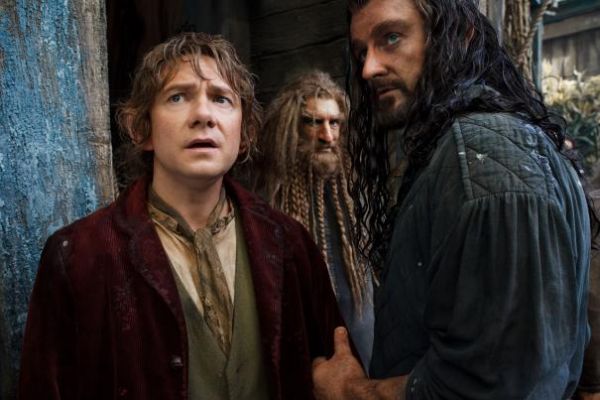
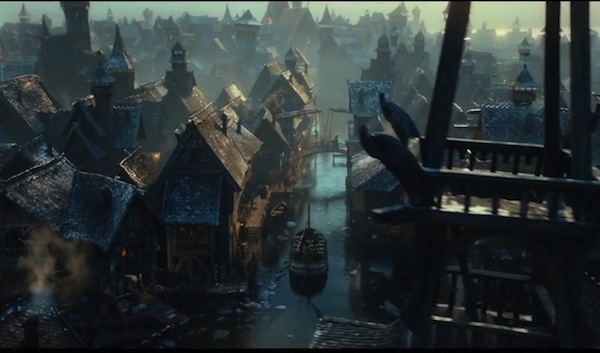

0 Comments
You can be the first one to leave a comment.